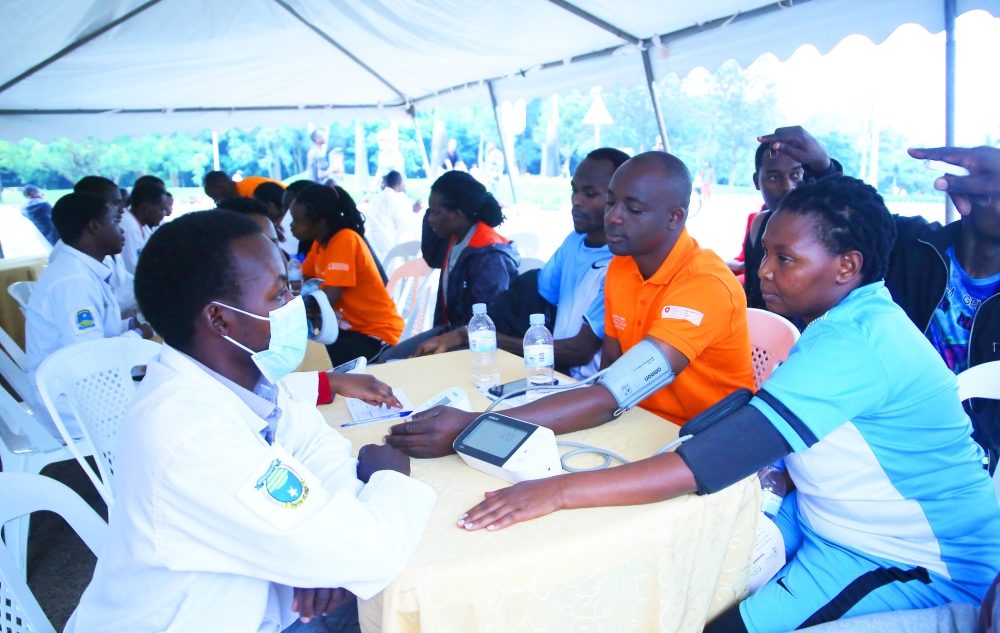

Recently, there has been a surge in discussions about Non-Communicable Diseases (NCDs) from major international and domestic organisations, including the World Health Organization (WHO), the United Nations General Assembly, the Centers for Disease Control and Prevention (CDC), and the World Economic Forum. These conversations underscore a critical reality: NCDs represent a significant public health crisis, often referred to as a global pandemic. The gravity of this issue cannot be overstated, as NCDs are indeed a big deal.
Chronic conditions like NCDs are more complex and potentially more devastating than well-known chronic diseases like HIV/AIDS. Unlike HIV/AIDS, which has become manageable due to treatment advances, NCDs such as cancers and neurological diseases have many causes involving sociocultural, environmental, clinical, genetic, and epigenetic factors.
These diseases develop over long periods, often without clear initial symptoms, making early detection and prevention important. NCDs are associated with multiple risk factors, including lifestyle behaviours and medical conditions like obesity, hypertension, and diabetes. Unlike infectious diseases, NCDs are non-contagious, meaning they cannot be transmitted from person to person.
When NCDs manifest, they often result in significant, long-lasting impacts on health, potentially causing permanent or temporary impairment or disability, thus severely reducing the quality of life. Compared to diseases like HIV/AIDS, which can be managed effectively with treatment, NCDs tend to have a more prolonged and debilitating course, with lower survival rates post-diagnosis.
This shows the importance of preventive measures and effective management strategies for NCDs to improve outcomes and reduce their burden on individuals and economies.
When we look at the statistics on NCDs, they are quite alarming. Non Communicable Diseases kill 41 million people each year, equivalent to 74% of all deaths globally. Of all NCD deaths, 77% are in low- and middle-income countries. One-fifth of the world is living with at least one NCD. Cardiovascular diseases account for most of these deaths with 18.56 million people annually, followed by cancers which account for 10.3 million deaths, chronic respiratory diseases 4.1 million, diabetes 2.0 million including kidney disease deaths caused by diabetes. 17 million premature deaths that occur in people under 70 years of age are from NCDS. In addition to the above data, 86% of all premature deaths occur in low and middle-income countries. Every two seconds, a person dies prematurely from NCDs. When we look at data from Africa, cardiovascular diseases are the leading cause of death. Other leading causes of death include stroke, hypertensive heart disease, chronic lung disease, and others.
When we look at the global numbers of deaths that occurred in 2019 according to risk factors that are associated with those deaths, we see high blood pressure associated with more than 10 million deaths, and tobacco use is associated with 8 million deaths. Unhealthy diets were associated with more than 7 million deaths, high cholesterol killed more than 4.5 million and High Body Mass Index was associated with more than five million deaths in 2019.
These statistics are sobering, and what we once looked at as diseases of affluence are now the main killers. This is a disaster in "slow motion”. These NCDs are now major drivers in death, yet many times we don’t have a clear picture of how many people have them, this leaves our health system ill-equipped to handle this crisis. In addition to causing deaths, the 2019 Global Burden of Disease Report estimated that NCDs cause 80% of all disabilities.
Non Communicable Diseases stand out for their complexity compared to other illnesses. While typical diseases often have singular causation factors, NCDs are influenced by a multitude of factors, predominantly linked to lifestyle choices and behaviours. This intricate web of risk factors makes the likelihood of developing an NCD significantly higher. With the forces of globalisation, urbanisation, and increased life expectancy, NCDs are making an increasingly profound impact on a global scale.
Yet, NCDs are not invisible adversaries; they can be confronted and countered. The journey towards combating these diseases must begin at an individual level and must commence promptly. Embracing and embodying healthy lifestyle practices is pivotal in this battle against NCDs. By taking proactive steps now, individuals can play a crucial role in curbing the prevalence and severity of these diseases, thereby safeguarding both personal and public health.
Dr Vincent Mutabazi is an applied epidemiologist.
X: @VkneeM


